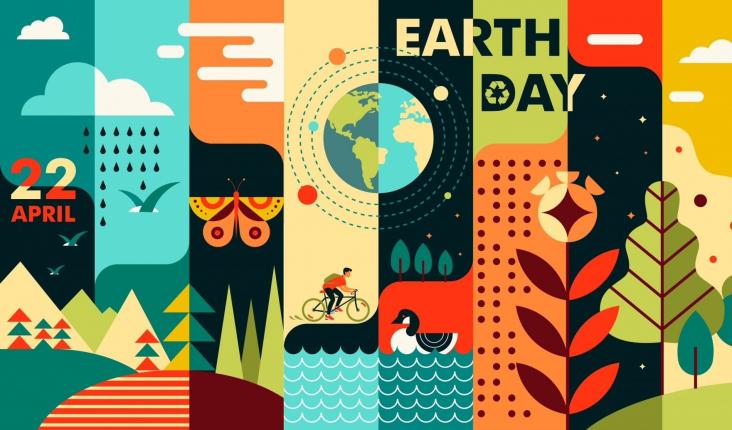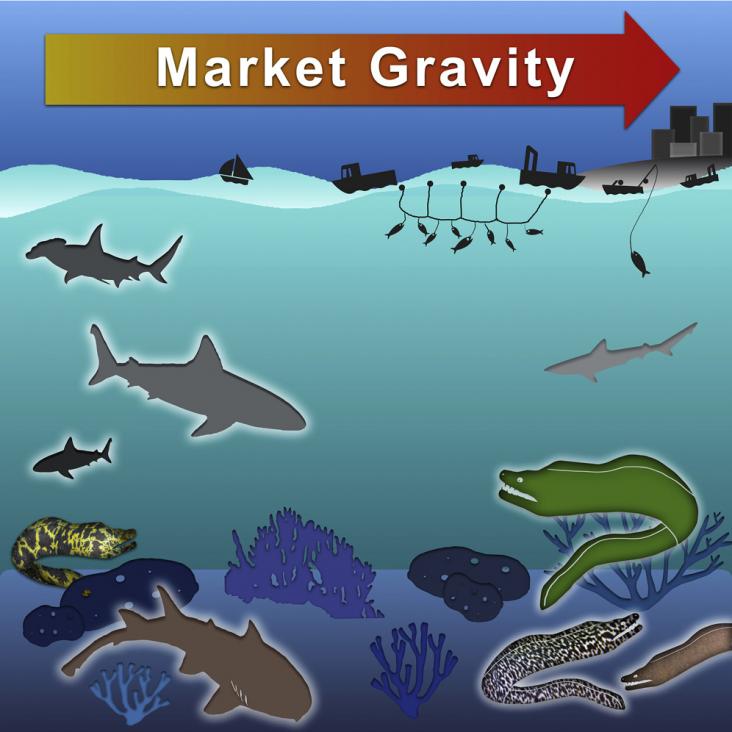OSPAR is a regional agreement by which 15 governments and the EU co-operate to protect the marine environment of the North-East Atlantic. The approach has a bearing on SDG 14.
Elsevier,
Comparative Biochemistry and Physiology Part - C: Toxicology and Pharmacology, Volume 242, April 2021
This article advances SDG #14 by looking at the impact widely used antibiotics are having on aquatic organisms when they are excreted unchanged into enter our water bodies.
The clown anemonefish (Amphiprion ocellaris) is a common model species in studies assessing the impact of climate changes on tropical coral fish physiology, metabolism, growth, and stress.

Earth Day is widely recognised as the largest secular observance in the world, marked by more than a billion people every year as a day of action to change human behaviour and provoke policy changes. This day recognises and celebrates the Earth and its ecosystems as our home and highlights the need to protect earth to enhance people’s livelihoods, counteract climate change, and stop the collapse of biodiversity. To raise awareness of Earth Day 2021, Elsevier presents a curated list of free access journal articles and book chapters in support of this year's theme - Restore our Earth.

Nexis Newsdesk™ has created graphics on the SDGs and the Global Media Landscape, offering charts & insights into global media coverage of the Sustainable Development Goals. View findings for Global Goal 14.

Nexis Newsdesk™ has created reports on the Sustainable Development Goals and the Global Media Landscape, offering charts & insights into global media coverage of the Global Goals.

World Water Day is an annual United Nations Observance focusing on the importance of freshwater and raising awareness of the 2.2 billion people living without access to safe water.To raise awareness of the value of water, Elsevier presents a curated list of free access journal articles and book chapters. At Elsevier, we are advancing #SDG6 research and ensuring that #Everydrop counts.
Anthropogenic activity is a major driver of seabird injury and mortality in the 21st century.

There exist no future projections of fishery conflict that consider wider societal trends. This paper builds four future fishery conflict scenarios by using a multimethod approach.

Proximity and size of the nearest market (‘market gravity’) have been shown to have strong negative effects on coral reef fish communities that can be mitigated by the establishment of closed areas
